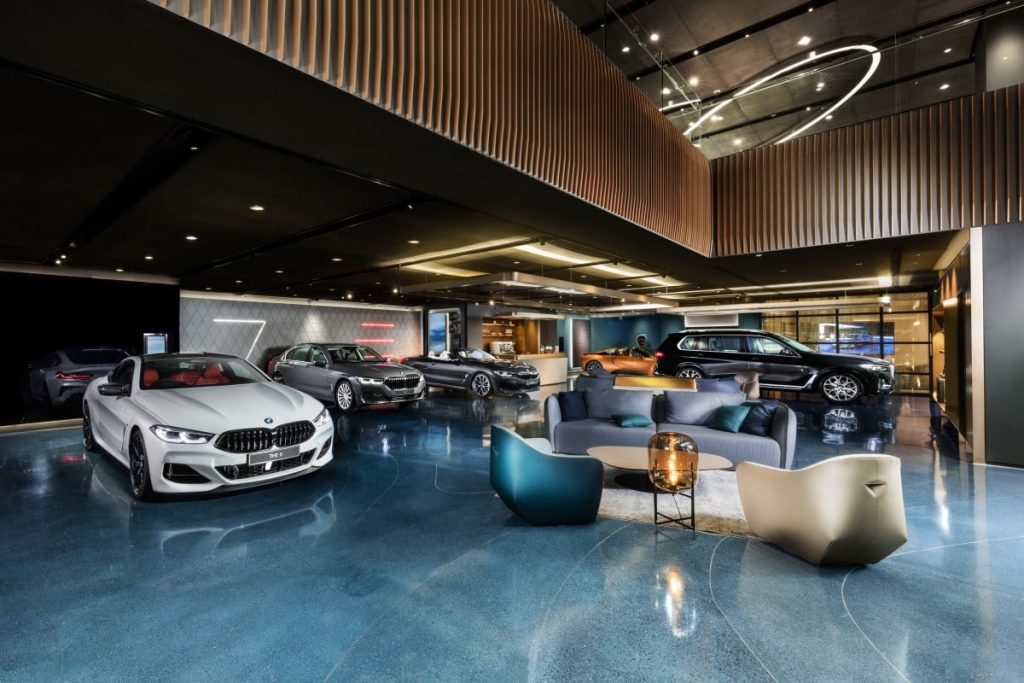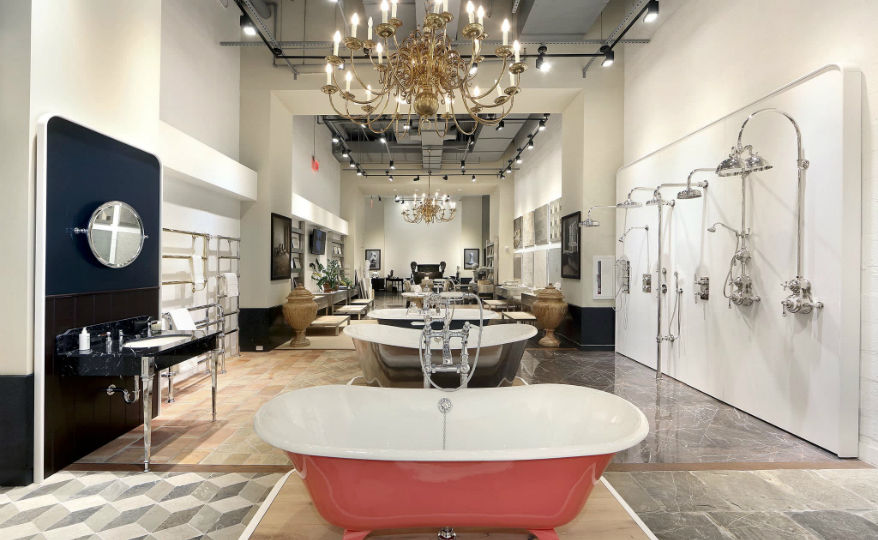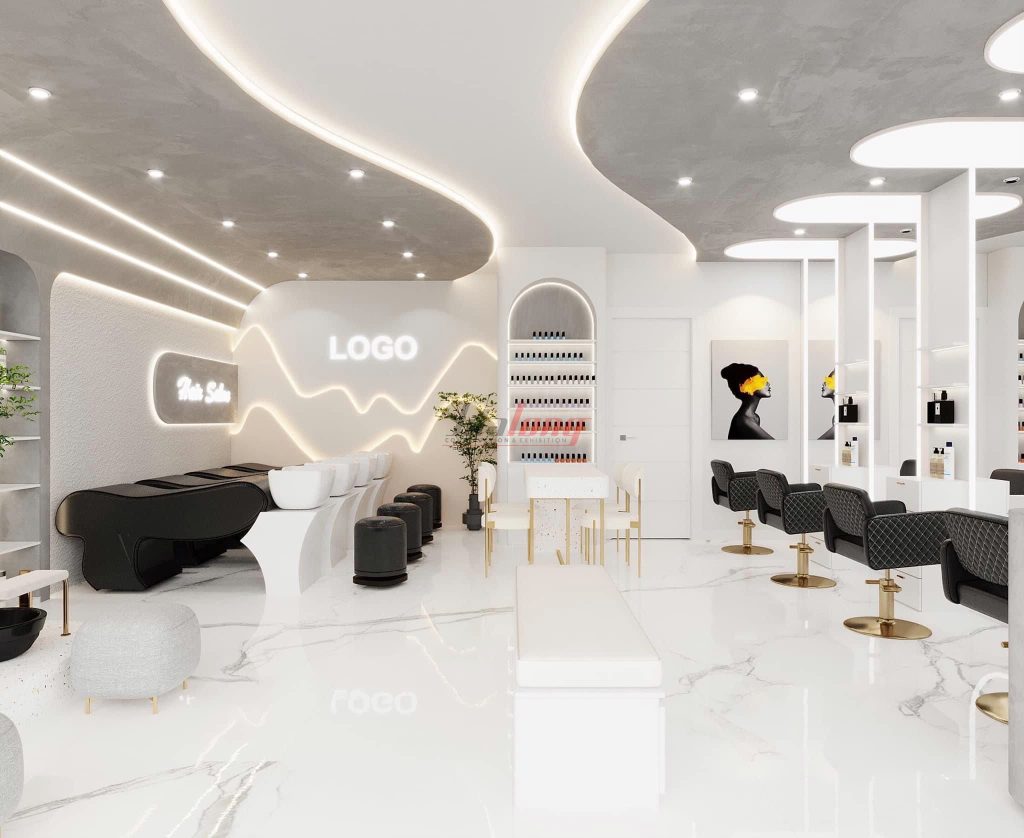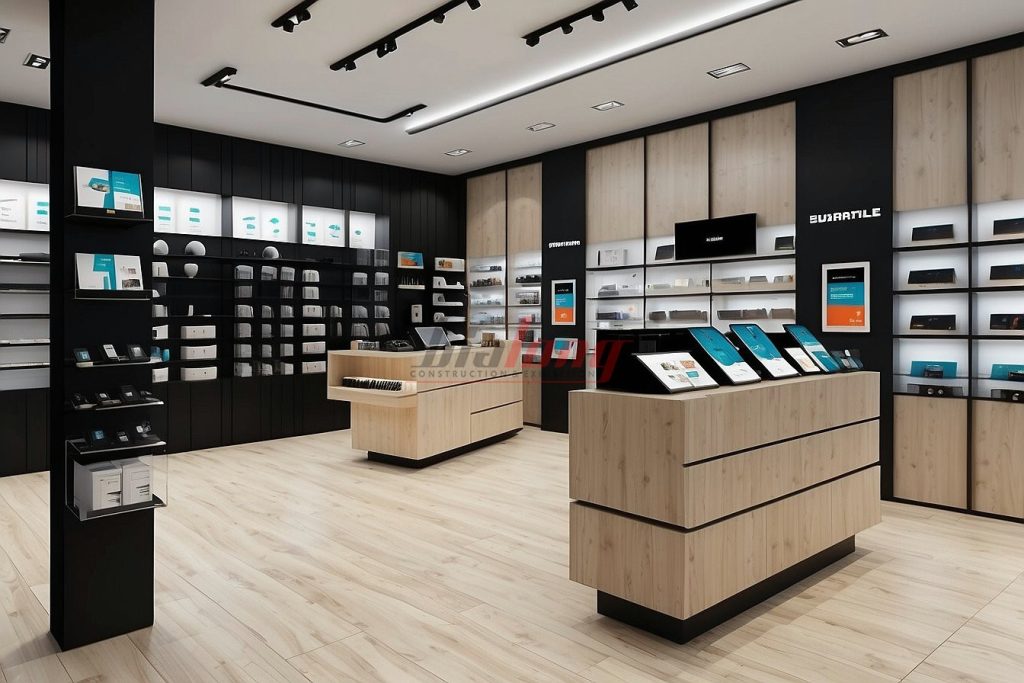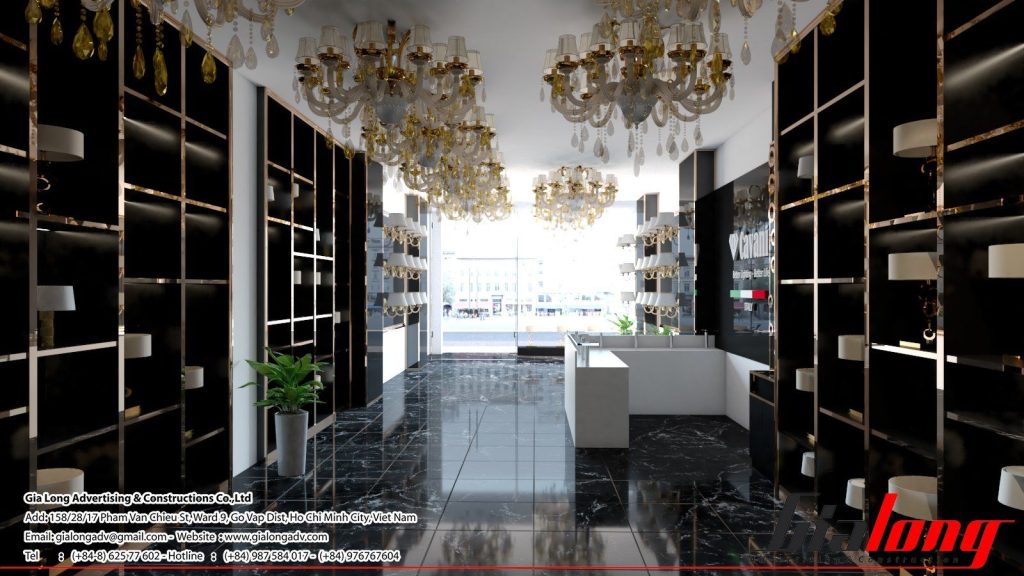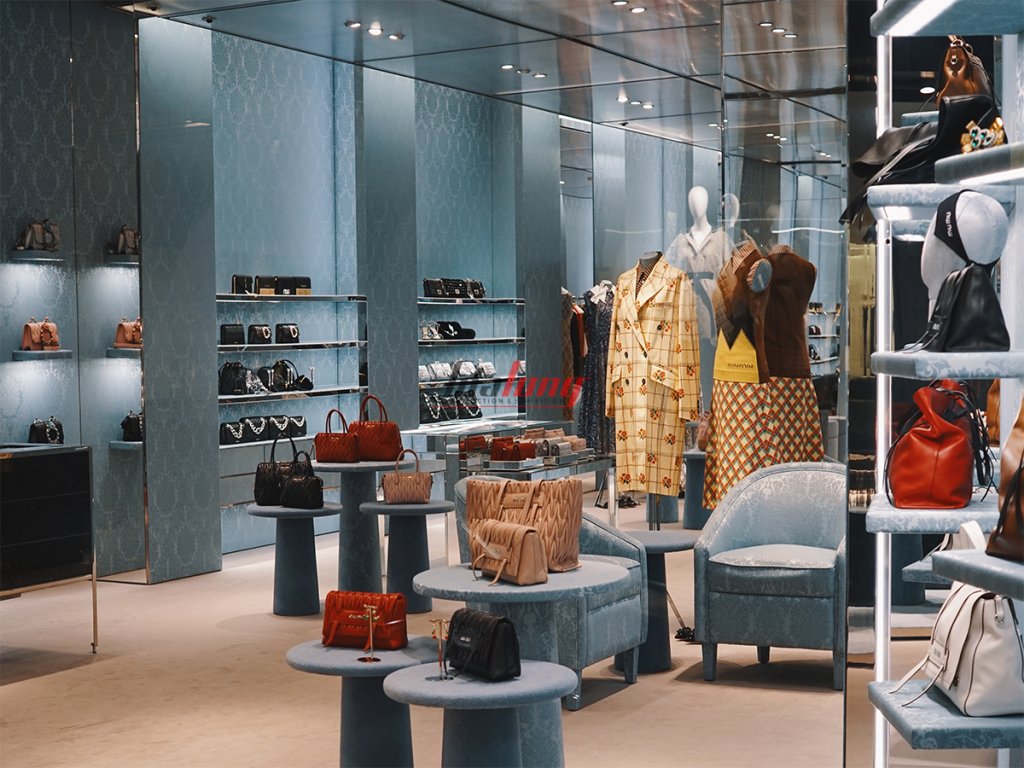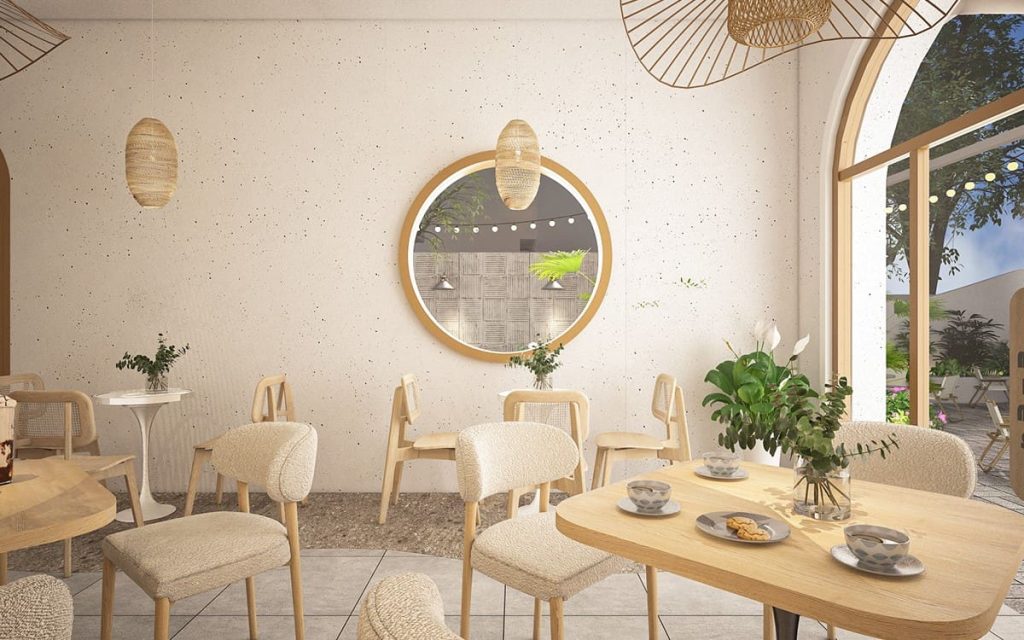Retail store design has evolved beyond simple product displays. It now serves as a powerful tool for creating unique customer experiences in a competitive market. By blending sustainability, cutting-edge technology, and creative flair, today’s designs help stores stand out and boost sales. Below are the leading trends shaping modern retail spaces, complete with real-world examples and practical tips to bring them to life.
Top Trends in Modern Retail Store Design
Immersive Experience Retail Store Design
Stores are transforming into exciting destinations rather than just transactional spaces. Picture hands-on workshops like candle-making in a craft store, live makeup tutorials with interactive mirrors in a beauty shop, or a tasting corner with a chef in a gourmet food outlet. A fashion retailer might host a styling session with live music to make shopping feel like an event. To get started, pick an activity tied to your products, such as a “build your gift box” station, to keep customers engaged, encourage longer visits, and spark excitement about your brand.
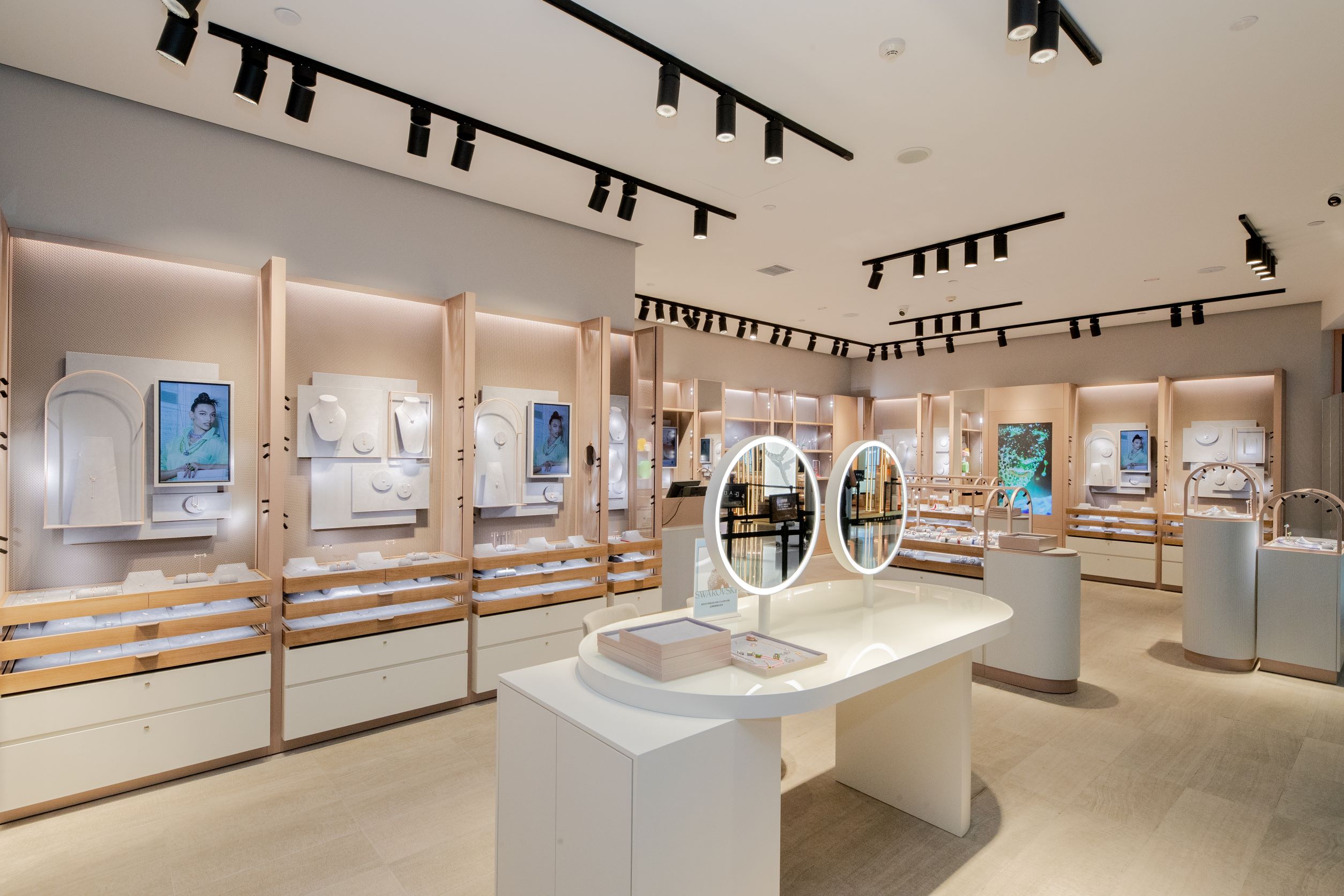
Sustainable Retail Store Design
Eco-conscious shoppers are on the rise, making sustainability essential. Use reclaimed wood for shelving, switch to LED lighting that saves up to 75% energy compared to traditional bulbs (per the U.S. Department of Energy), or add small indoor plants for a natural vibe. Patagonia leads by example with recycled materials and modular displays that cut waste. On a budget, start by swapping old bulbs for LEDs and showcasing your “green” efforts with a sign. Shoppers who value sustainability will take notice.
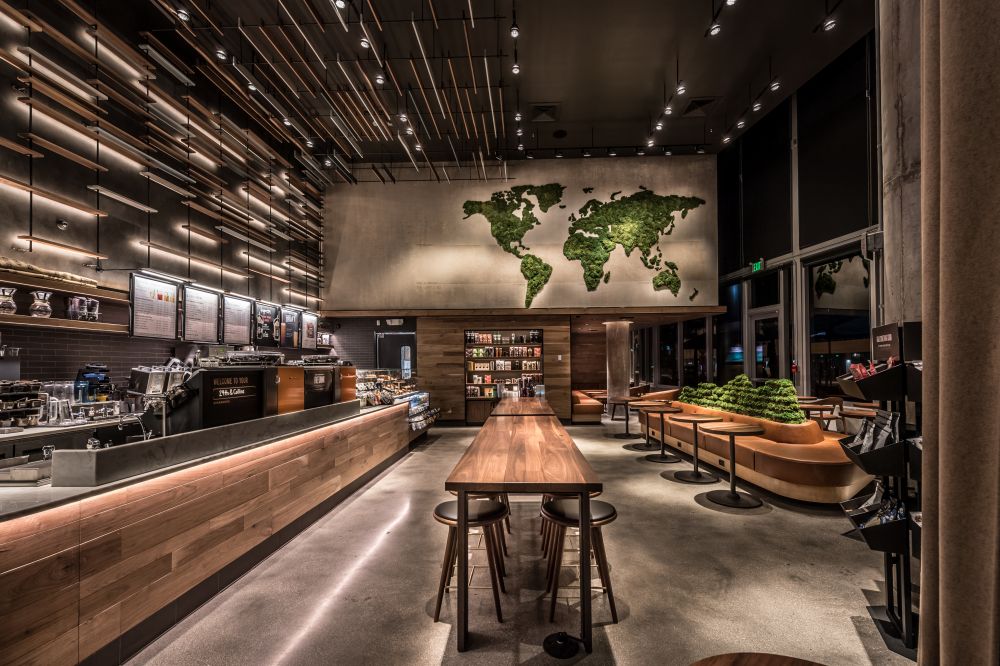
Flexible Retail Store Design
Adaptability keeps stores relevant amid constant change. Rolling racks, foldable tables, or movable partitions let you rearrange for seasonal sales or pop-up events in hours instead of weeks. Multi-use spaces can showcase products by day and host workshops by night. IKEA’s compact city stores use modular setups to maximize small footprints without sacrificing variety. For a small shop, invest in multi-purpose furniture, like a table that doubles as a display, to save space and keep things fresh.
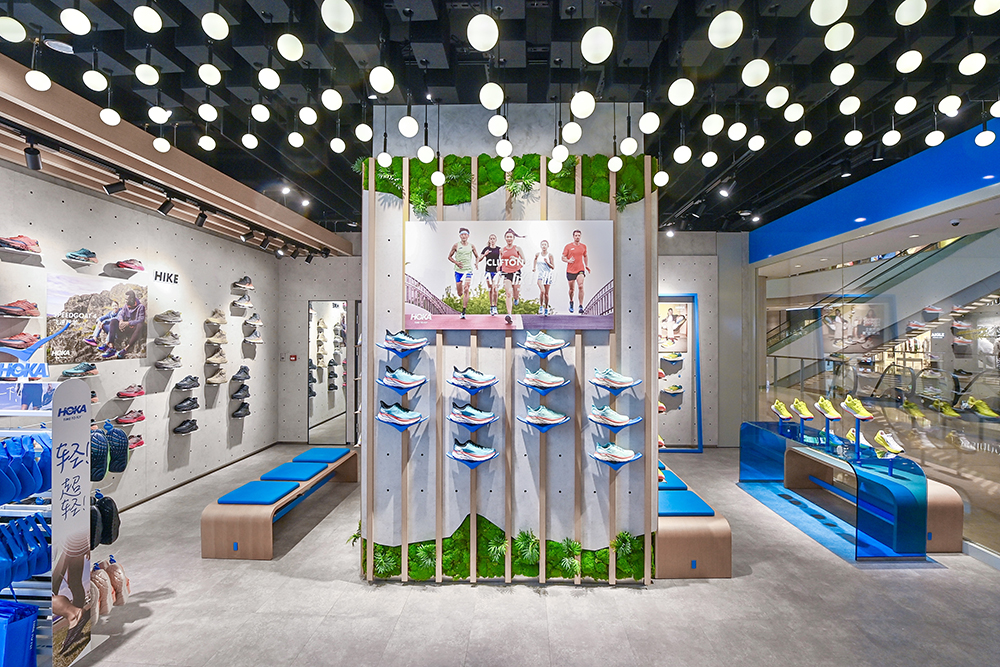
Tech-Integrated Retail Store Design
Technology enhances the shopping experience in powerful ways. Smart mirrors offer virtual try-ons, AR apps like IKEA’s Place let customers preview furniture at home, and contactless POS systems speed up checkouts. Sephora’s app uses AI to recommend products based on a quick scan. To dip your toe in, add QR codes to shelves linking to product details or reviews. It’s affordable and bridges the physical-digital gap, delighting tech-savvy shoppers.
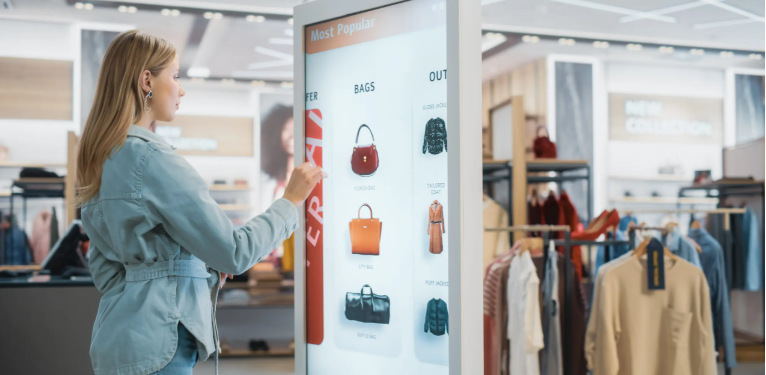
Localized Retail Store Design
Rooting your store in the community builds a strong connection. A shop in Hanoi might feature bamboo accents and local crafts, while one in Austin could lean into rustic wood and Lone Star murals. Starbucks tailors its cafes with street art in Brooklyn or Zen minimalism in Kyoto. Ask your customers what local elements they love, then weave them in with art, materials, or a nod to regional traditions. This makes your store feel like home.
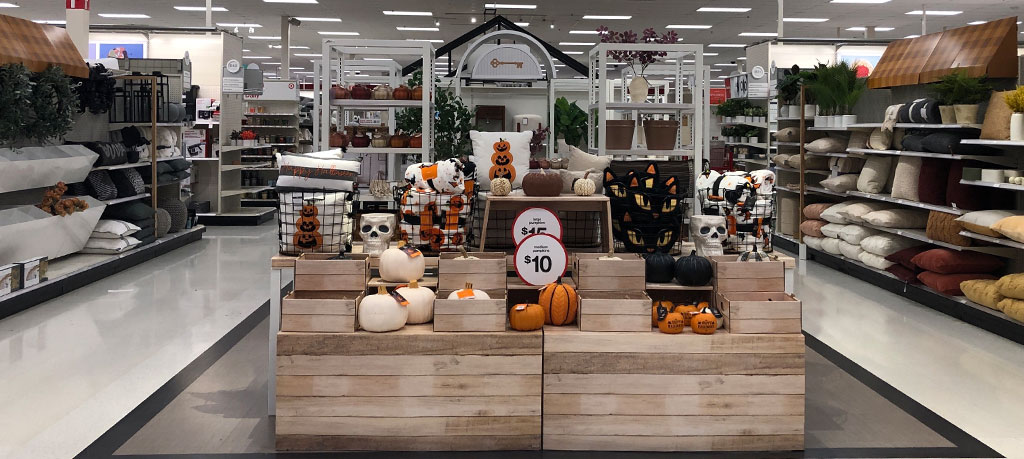
Minimalist Yet Bold Retail Store Design
Minimalism offers a calm backdrop with open layouts, neutral tones, and simple shelves that make browsing effortless. Add a bold twist with a neon brand sign, a vibrant mural, or a statement chandelier. Apple excels at this with sleek white spaces and a glowing logo that steals the show. On a tight budget, paint one wall a striking color or hang a handmade sign. It’s a low-cost way to create a memorable focal point that customers will snap and share.
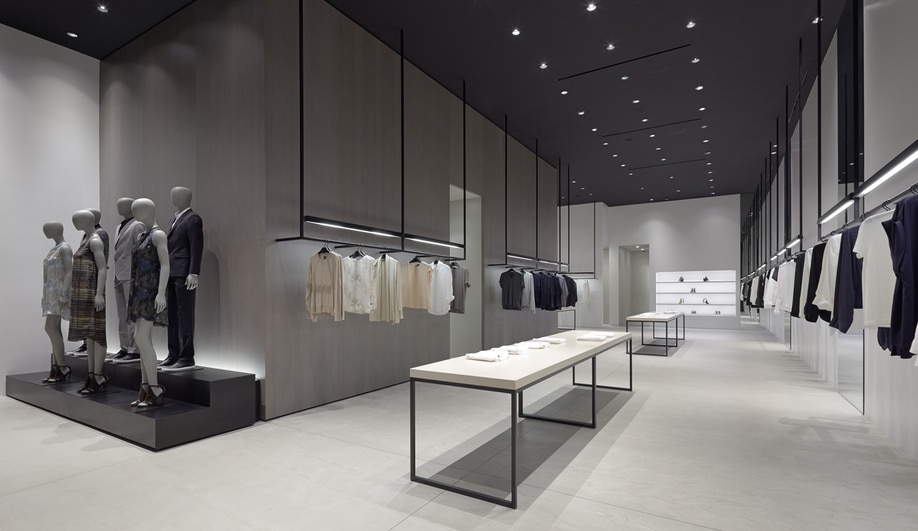
Omnichannel Retail Store Design
Physical stores now tie seamlessly into online shopping. Offer lockers for e-commerce pickups, QR codes linking to tutorials, or kiosks to order out-of-stock items for delivery. Target’s curbside pickup zones cut wait times and keep customers happy. Start small by setting up a corner for online order pickups. This works well for mid-sized stores looking to stay relevant in a digital-first world.
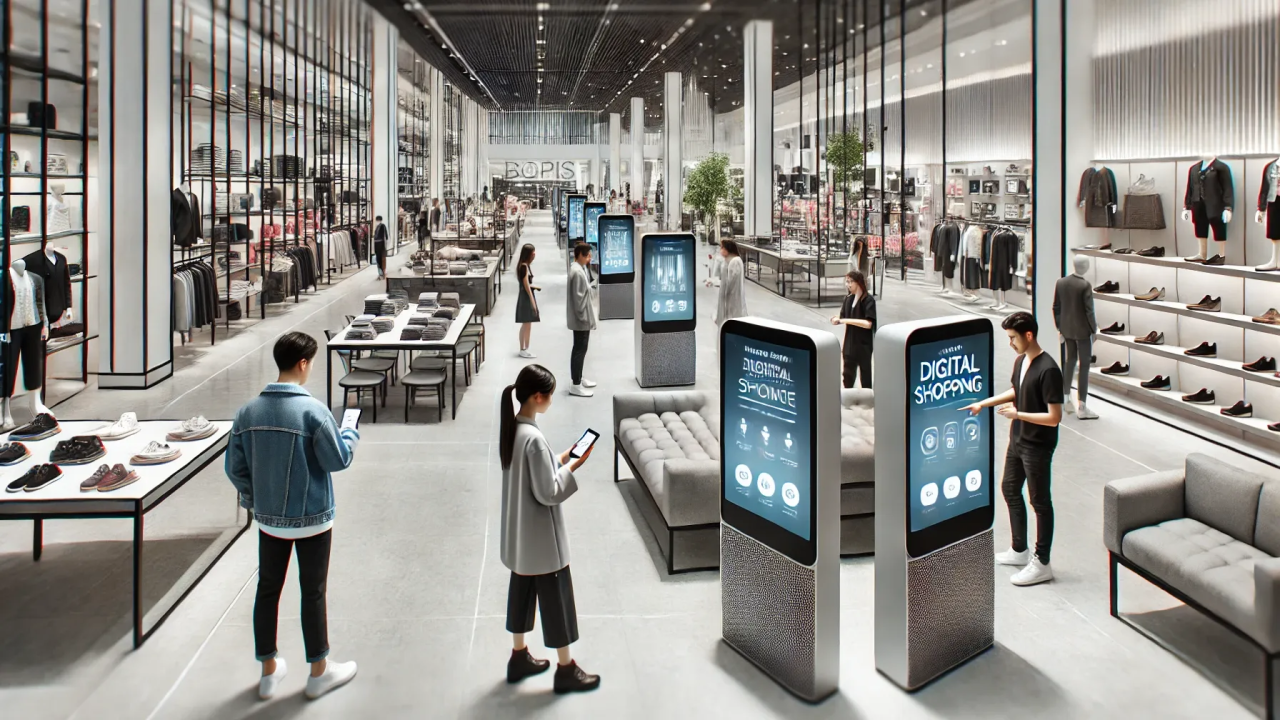
Wellness-Focused Retail Store Design
Shoppers crave spaces that feel good to be in. Soft lighting eases eye strain, comfy chairs invite a pause, and small plants or air purifiers freshen the air. Lush Cosmetics fills its stores with greenery and soothing scents like lavender. For fashion or beauty shops, add a cozy nook with warm lighting and a bench. Customers will linger longer and enjoy the vibe. Even on a budget, a few plants and a comfy seat can elevate the mood and boost sales through thoughtful shop interior design.
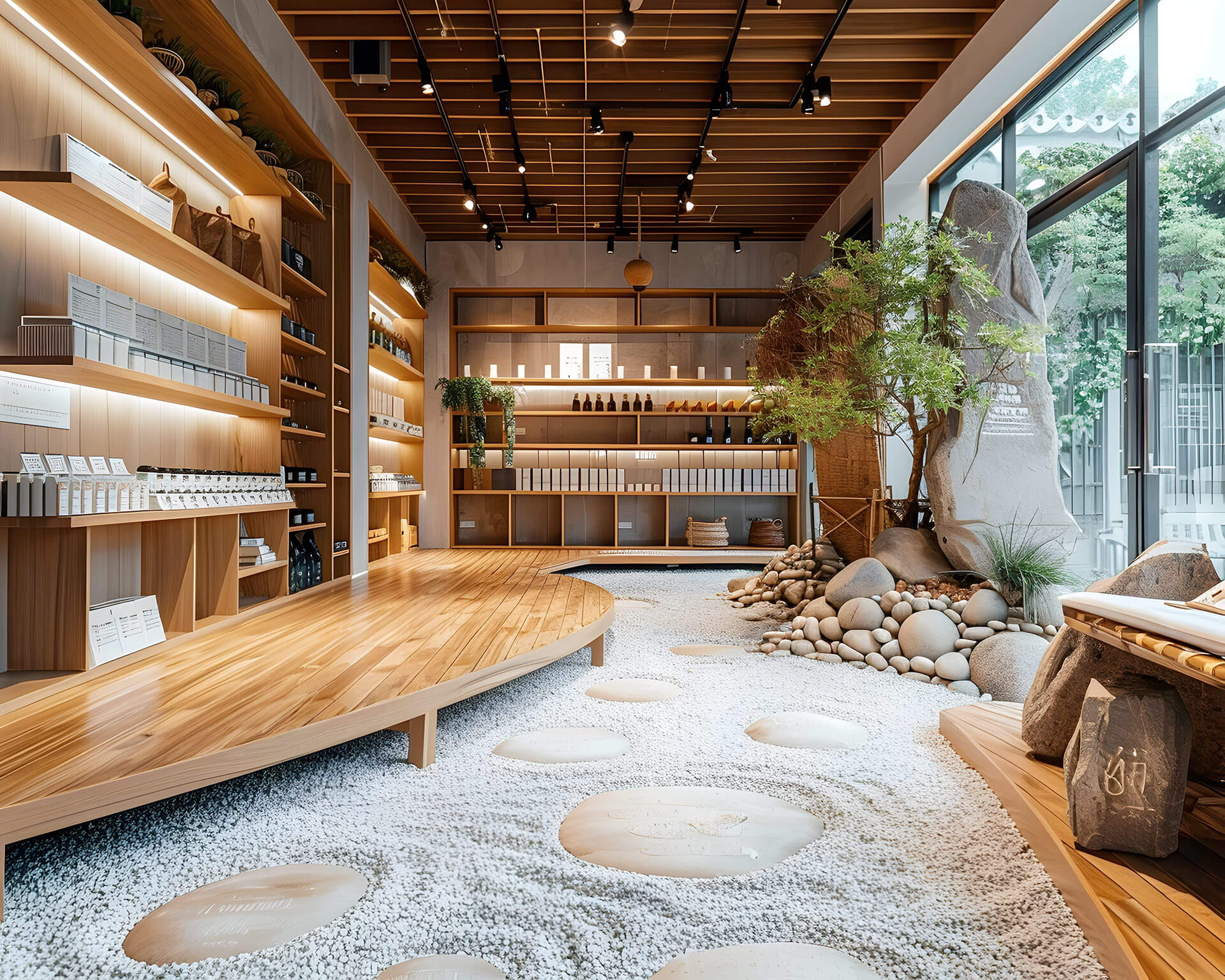
Some Outstanding Retail Store Designs by Gia Long
Shop interior design company Gia Long Group takes pride in being a pioneer in retail store interior design and construction, delivering unique, modern, and customer-optimized display spaces. By blending creativity, technology, and extensive experience, we have completed numerous impressive projects that enhance brand value for partners both domestically and internationally. Below are some of our standout designs – take a look at the images that follow to explore them.
>> See more: What’s the Shop Interior Design Cost in 2025?

